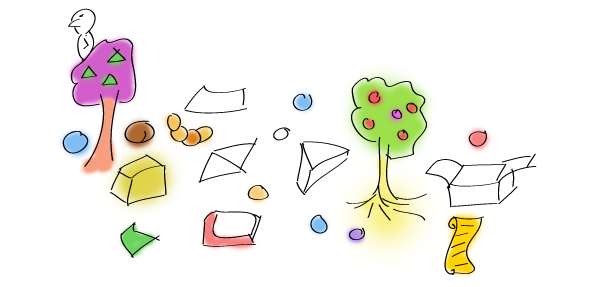
Depending on the physical state of an object, there are a couple ways to measure volume. Volume simply refers to the space an object takes up. Matter has two fundamental properties: volume and mass.
:max_bytes(150000):strip_icc()/GettyImages-947148218-1742a84786ae46b0b229da848348fb0f.jpg)
In liquids, the particles are still tightly packed, but as well as vibrating, they can move over and in between one another.In solids, these particles are tightly packed together, usually in a regular array, and vibrate back and forth.

In order to explain how these properties come about, the kinetic-molecular theory has been developed.Īccording to this theory, all matter is made up of extremely small particles (atoms, molecules or ions), which are in constant motion: Solids, liquids and gases each have their own characteristic properties. Beach sand has a non-uniform composition, but the grains can be physically separated into mineral groupings.

To see how this classification system works, let us take two examples:


 0 kommentar(er)
0 kommentar(er)
